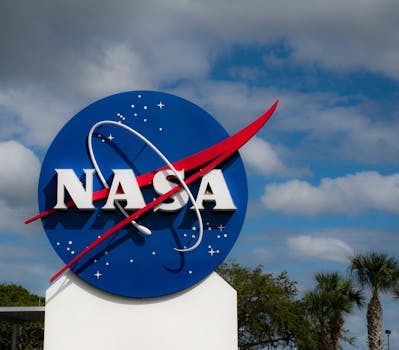
Satellite Launch Missions and Their Impact on Space Exploration
Satellite launch missions have revolutionized our understanding of space and the universe, enabling numerous breakthroughs in space exploration. With the advent of satellite technology, humans have been able to explore and study the vast expanse of space, uncovering secrets and marvels that were previously unknown. In this article, we will delve into the world of satellite launch missions and their profound impact on space exploration.
Satellite launch missions have been instrumental in advancing our knowledge of space and the universe. By launching satellites into orbit, scientists have been able to study the Earth’s atmosphere, the Sun, the planets, and the stars in unprecedented detail. Satellite launch missions have also enabled the discovery of new planets, moons, and celestial bodies, expanding our understanding of the universe and its many mysteries.
History of Satellite Launch Missions
The first satellite launch mission was achieved by the Soviet Union in 1957, with the launch of Sputnik 1. This historic event marked the beginning of the space age and paved the way for future satellite launch missions. Since then, numerous satellite launch missions have been conducted by space agencies and private companies around the world, including NASA, the European Space Agency, and SpaceX.
One of the most significant satellite launch missions in recent history is the launch of the Hubble Space Telescope in 1990. The Hubble Space Telescope has revolutionized our understanding of the universe, capturing stunning images of galaxies, stars, and celestial bodies. The telescope has also enabled scientists to study the expansion of the universe, the formation of galaxies, and the properties of dark matter and dark energy.
Impact of Satellite Launch Missions on Space Exploration
Satellite launch missions have had a profound impact on space exploration, enabling numerous breakthroughs and discoveries. Satellite launch missions have allowed scientists to study the Earth’s atmosphere, the Sun, the planets, and the stars in unprecedented detail. Satellite launch missions have also enabled the discovery of new planets, moons, and celestial bodies, expanding our understanding of the universe and its many mysteries.
Satellite launch missions have also enabled the development of new technologies, including advanced propulsion systems, communication systems, and navigation systems. These technologies have been used in a variety of applications, including space exploration, telecommunications, and weather forecasting.
Future of Satellite Launch Missions
The future of satellite launch missions is exciting and promising, with numerous new missions and projects in development. One of the most significant upcoming satellite launch missions is the James Webb Space Telescope, which is scheduled to launch in 2023. The James Webb Space Telescope will study the formation of the first stars and galaxies, the formation of planetary systems, and the properties of dark matter and dark energy.
In conclusion, satellite launch missions have significantly advanced our understanding of space and the universe, enabling numerous breakthroughs in space exploration. As we continue to explore and study the vast expanse of space, satellite launch missions will remain a crucial component of our efforts, enabling new discoveries and expanding our knowledge of the cosmos.




